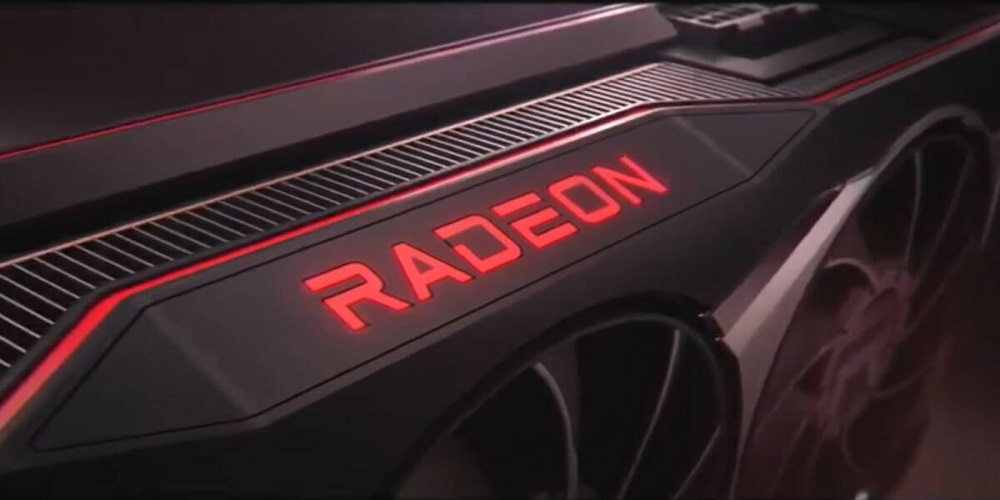Rick Bergman, Executive Vice President Computing e Graphics Business Group di AMD, in una recente intervista a The Street, è entrato maggiormente nel dettaglio delle caratteristiche tecniche della nuova architettura RDNA2, in particolare per le performance a livello di Ray Tracing, della risposta AMD a DLSS di Nvidia e della nuova Infinity Cache.
Partiamo dalle performance in Ray Tracing, e quanto Bergam afferma:
And our goal was at 1440p [resolution], to have a great ray-tracing experience. And that was kind of the performance level that we targeted. Now it depends on particular games and everybody’s systems and so on, but I think you’ll find that we have very good ray-tracing performance overall. And the game support will be strong as we go through 2021, because again, we get that great leverage. It’s just built in: You support ray tracing on Microsoft or Sony [consoles], you’re supporting AMD on the PC side as well.”
Scopriamo quindi che il target di utilizzo degli effetti Ray Tracing per AMD RX 6000 è la risoluzione a 2560×1440 e che la strategia di supporto si basa molto sul legame intrinseco che la presenza nel mondo console, che ricordiamo tutte dotate di RDNA2, possa poi trasformarsi quasi automaticamente in una ovvia ottimizzazione per le controparti Pc.
“We don’t have a lot of details that we want to talk about. So we called [our solution] FSR — FidelityFX Super Resolution. But we are committed to getting that feature implemented, and we’re working with ISVs at this point. I’ll just say AMD’s approach on these types of technologies is to make sure we have broad platform support, and not require proprietary solutions [to be supported by] the ISVs. And that’s the approach that we’re taking. So as we go through next year, you’ll get a lot more details on it.”
Anche per quanto riguarda l’attesa risposta a DLSS, Amd propone una soluzione, ancora in sviluppo, che si chiamerà FSR (FidelityFX Super Resolution), una funzionalità volutamente non proprietaria, che vedremo nel corso del 2021.
Parlando invece di Infinity Cache:
On Infinity Cache, it’s somewhat linked to that as well, to a certain degree. If you’ve been in graphics for a long time, you realize there’s a pretty good correlation between memory bandwidth and performance. And so typically, the way you do it is you jack up your memory speed and widen your [memory] bus to open up performance. Unfortunately, both of those things drive up power [consumption].
And so we looked at what we actually did in CPUs, where we do kind of have the equivalent of an L3 cache and so, can we bring that type of technology into our GPUs
Insomma un approccio che prende molto dall’esperienza CPU: dotare Big Navi di 128 Mb di questa simil L3 Cache ripresa direttamente dall’architettura Zen consente alla stessa di aumentare, secondo le stime AMD, l’efficienza di banda del 117% a fronte di solo un 10% in più di consumi.
Bergmam, inoltre, afferma che tale approccio è talmente consistente che già nella progettazione di RDNA3 su 5nm TSMC, di cui non vuole ovviamente dare dettagli, se ne stanno valutando gli sviluppi.
Chiudiamo con la conferma che ogni unità CU di RDNA2 avrà inclusa una unità di calcolo Ray denominata RA (Ray Accelerator), come è stato evidenziato in diverse slide, che porta così il seguente aggiornamento delle caratteristiche tecniche.
| Gpu | Core | PP | CU | RA | Game Clock | Boost Clock | TDP | Ram | Infinity Cache | Bus | Prezzo |
|---|---|---|---|---|---|---|---|---|---|---|---|
| RX 6900 XT | Navi 21 XT | 7nm | 80 | 80 | 2050 Mhz | 2350 Mhz | 300W | 16 Gb GDDR6 | 128 Mb | 256 bit | 999 $ |
| RX 6800 XT | Navi 21 XT | 7nm | 72 | 72 | 2015 Mhz | 2250 Mhz | 300W | 16 Gb GDDR6 | 128 Mb | 256 bit | 649 $ |
| RX 6800 | Navi 21 XL | 7nm | 60 | 60 | 1815 Mhz | 2105 Mhz | 250W | 16 Gb GDDR6 | 128 Mb | 256 bit | 579 $ |

